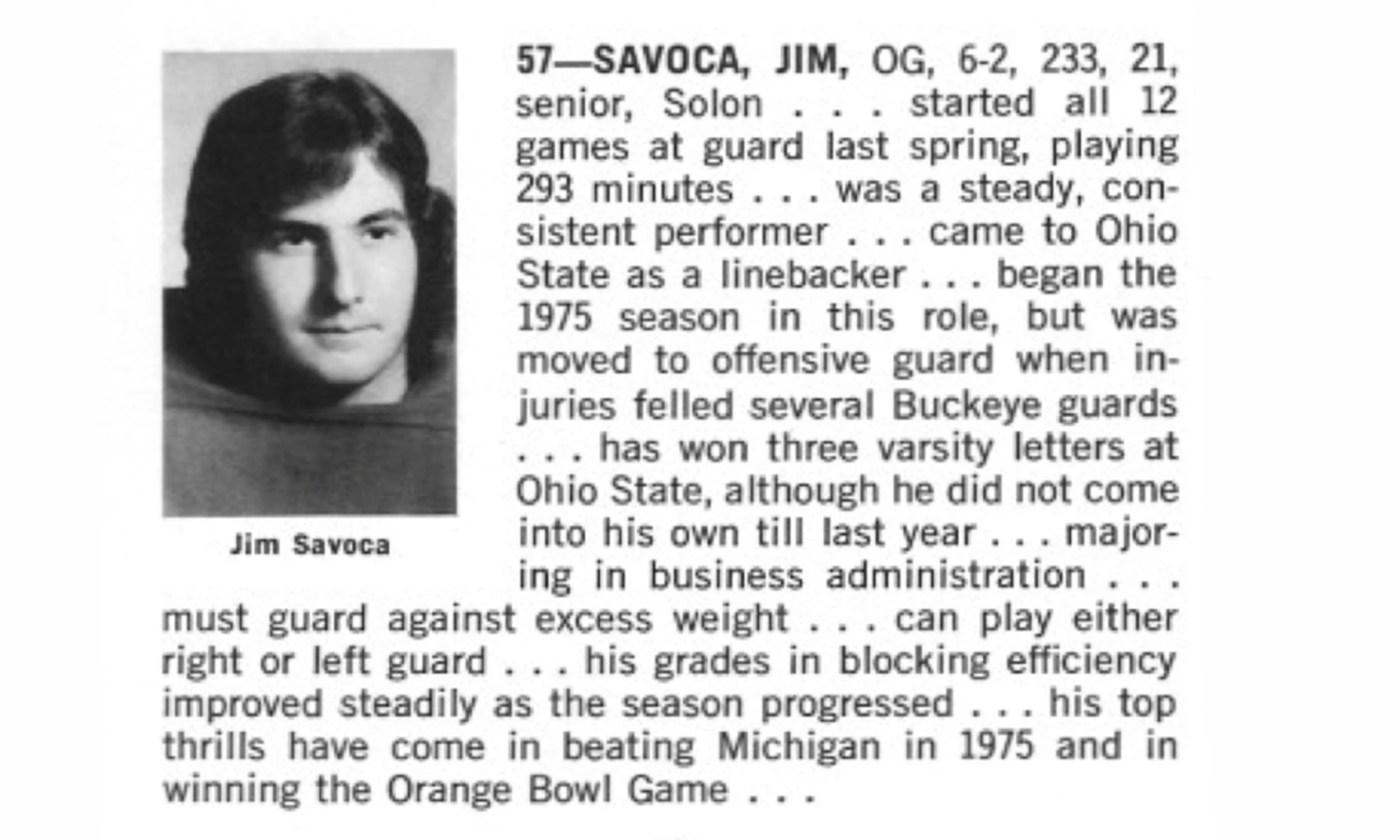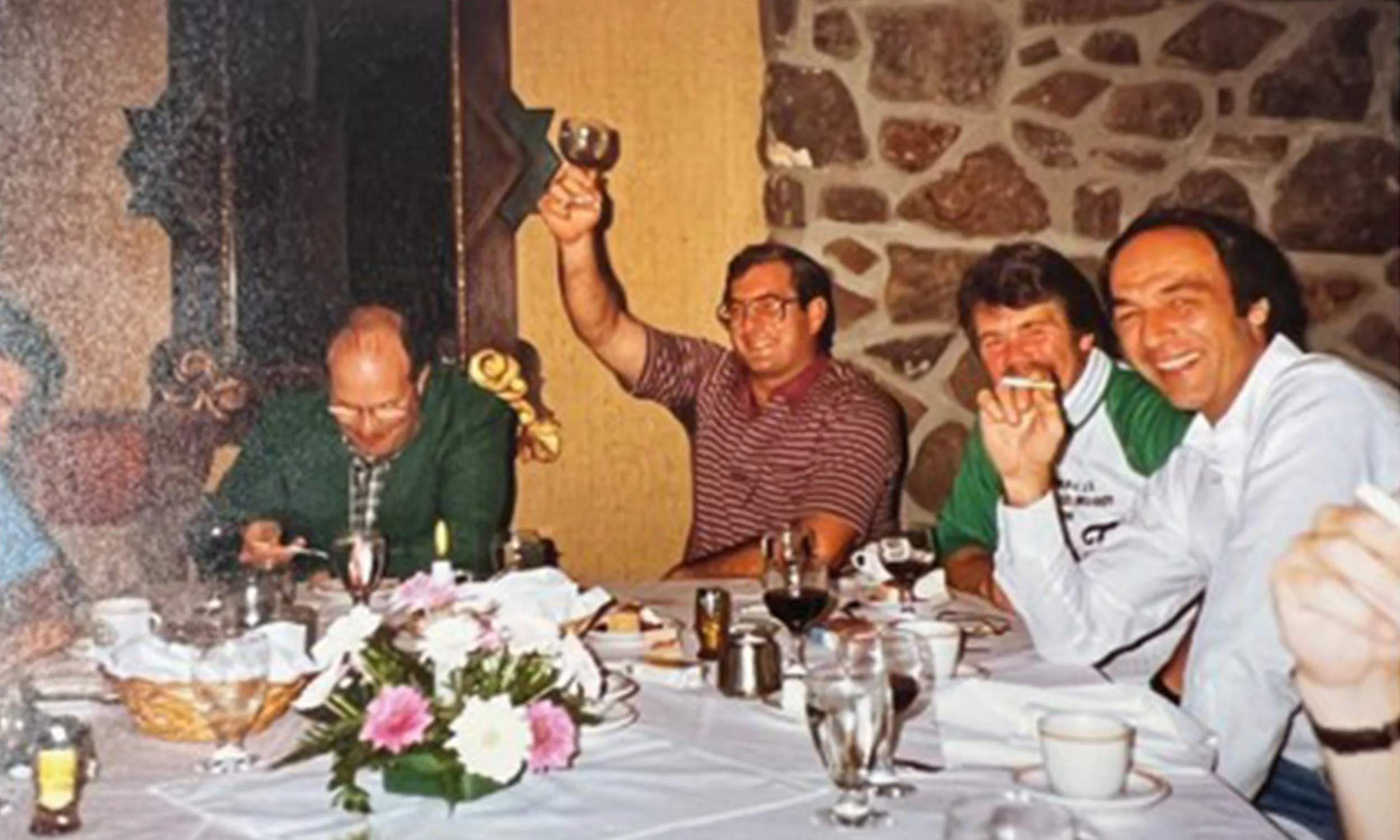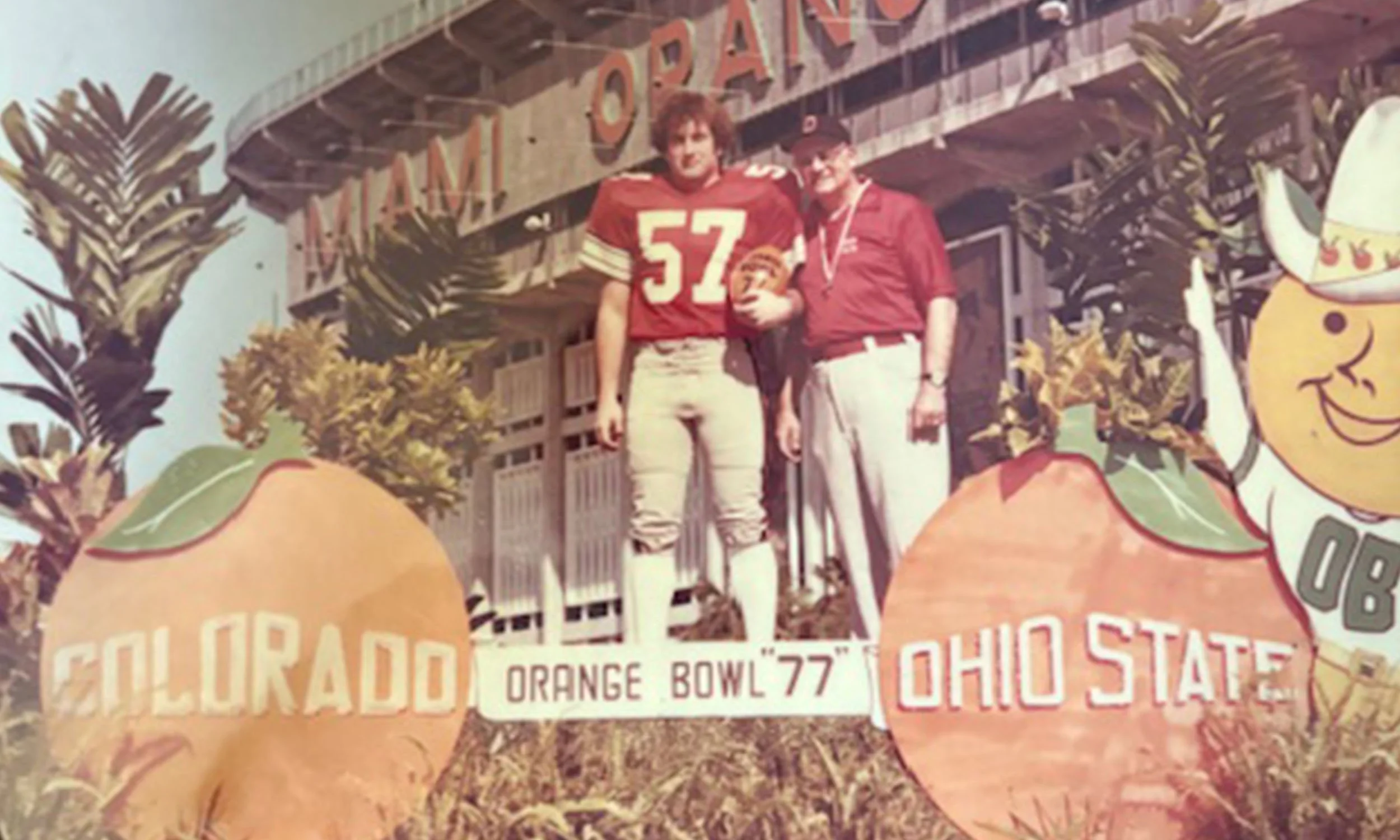Meet the Team: Jim Savoca, VP of AstroTurf. Part II
With nearly five decades in the industry, Jim Savoca reflects on innovation, impact and what the future holds for AstroTurf.
In the final part of our interview, Jim shares his thoughts on the future of synthetic turf, the innovations shaping the industry, and his personal reflections on a career spanning nearly 50 years.
What stands out to you most when you compare today’s turf technology to what you started with in the late ’70s?
It’s night and day. What we played on back then, AstroTurf 12, was firm, fast – and unforgiving. It held up, sure, but it wasn’t always kind to your knees.
Now, we’ve got systems with shock pads, engineered infills and turf fibers that mimic real grass. The fields perform, and better, and they’re safer. The difference is incredible.
Any particular innovations that really impress you?
Definitely our RootZone systems. They were a game changer in terms of player safety and performance. I’m also excited about Trionic, which combines nylon with polyethylene. It’s behind the scenes, but it adds strength and resilience to the fiber. You can see it when fields are five, six, seven years in and they’re still performing.
But what really knocks my socks off is what we’re doing on the sustainability side. Bio-based materials, sugarcane, soy, recyclable backings – it’s where the future is going, and we’re leading the way.
How important is sustainability in the market right now?
It’s huge. Especially in places like California or Europe, where there are regulations and real scrutiny over things like infill, end-of-life and environmental impact. We’re investing in products that use renewable resources and can be more easily recycled. And it’s not just checking a box. We’re making great surfaces that happen to be more sustainable, which is where the whole industry needs to go.
Savoca pass blocking 1976 on Astroturf in Ohio Stadium.
So the synthetic turf market is still growing?
Absolutely. It’s not a luxury item anymore, it’s essential infrastructure. In Texas, where I live, you’ve got hundreds of synthetic fields just within a 30-mile radius. It starts with the high schools, then each school gets its own, then the middle schools, then the parks.
And it’s not just football anymore. Baseball is a big growth area, along with softball. Field hockey is growing. Soccer facilities are expanding. And don’t forget, kids are growing up playing on synthetic. It’s what they’ve always known, and it’s expected.
“At this point, it’s about enjoying the ride, helping where I can, and maybe telling a few too many stories along the way.”
Has AstroTurf’s impact on US sports been bigger than people realize?
I think so. AstroTurf helped democratize access to play. When I was starting out, the varsity field was sacred ground. Nobody touched it! Now schools and communities have fields that are used all day, every day – for PE, band, youth sports, community events. That’s a huge shift. It’s opened the door for more participation, more opportunity. We’re not just in the pro stadiums, we’re in the neighborhoods, and that’s something to be proud of.
You’ve worked with so many people in the industry. What’s the most rewarding part of that?
Honestly, it’s seeing people grow. I’ve hired a lot of the people in our sales force. I’m not just training them on product – I’m helping them learn how to build trust, how to become the go-to turf person in their region. So that’s what makes me proud. I may not be out there closing deals every day, but I know I’ve helped shape the way we do business.
What do you think is next for the industry?
The next big frontier is end-of-life solutions; how we reclaim, reuse, or recycle the components of a field. Also, continued improvements in player safety, especially with pads and underlayment systems. Appearance we’ve got down, so now it’s about performance, safety, and sustainability, without compromise.
There’s also a greater emphasis on proving what we claim. We've always worked with independent researchers like the team at the University of Tennessee. No pay-to-play studies, no marketing spin, just real data.
And what’s next for you?
I always joke I’m going out feet first, but honestly, I’m lucky. I’m still excited about the work. I get to support a great team, talk turf with people I respect, and contribute without carrying a quota. That’s a great spot to be in.
At this point, it’s about enjoying the ride, helping where I can, and maybe telling a few too many stories along the way.
Go on then...
I’ve got a bit of a claim to fame from my days playing for The Ohio State University. I was standing next to our legendary coach, Woody Hayes, during the infamous 1978 Gator Bowl, when he punched that Clemson player on national TV. I was the messenger guard – he’d whisper the play to me, and I’d run it in.
He later told me, “I was going for the ball.” I said, “Yes, sir, you were.” He wasn’t. But you don’t correct Woody Hayes!






